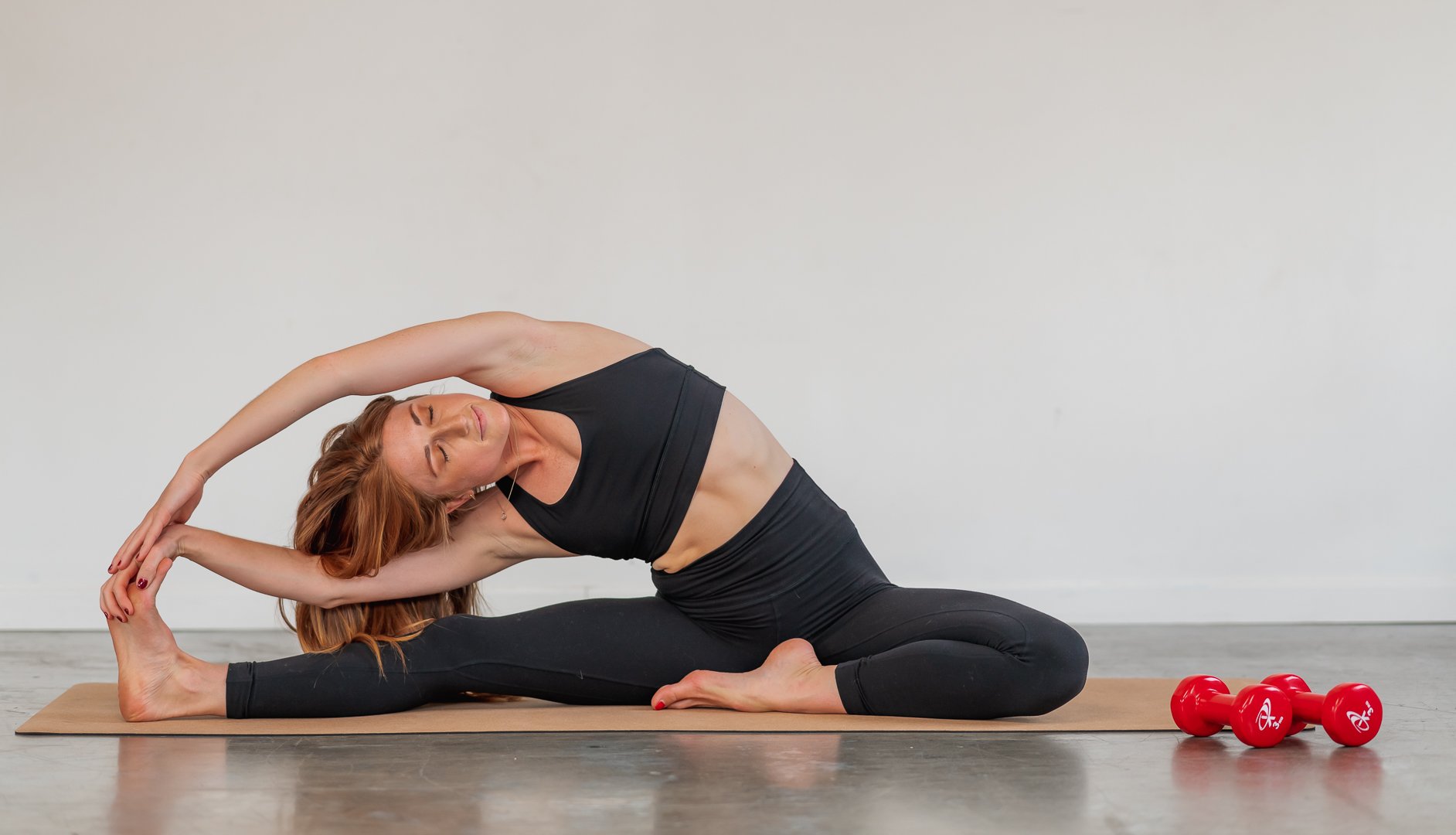Dynamic vs Static Stretching
If you're looking to enhance your workout routine, stretching is a must. But there's more to stretching than just touching your toes! In this blog post, we'll explore the differences between dynamic and static stretching, and why it's important to include both in your routine.
What is Dynamic Stretching?
Dynamic stretching is a form of stretching that involves active movement in and out of a position. This type of stretching is typically done before a workout to stimulate and activate your muscles. By mimicking the exercise you're about to do, you can warm up your muscles and reduce the risk of injury. Examples of dynamic stretching include jogging on the spot, high knees, leg swings, walking lunges, arm swings, shoulder rolls, and arm circles.
What is Static Stretching?
Static stretching involves holding a stretch in a position for a prolonged period of time. This type of stretching is typically done after a workout when your muscles are warm. Static stretching can help to improve your flexibility and range of motion, reduce muscle soreness, and boost muscle recovery. Examples of static stretching include hamstring stretches, quad stretches, butterfly stretches, and shoulder stretches.
Benefits of Dynamic Stretching?
Dynamic stretching has many benefits, especially when done as a warm-up before a workout. This type of stretching brings active movement to your muscles, increases your heart rate, and increases the circulation to your muscles. This means that your muscles are ready for exercise and reduces the potential for injury. In addition, dynamic stretching reduces stiffness and helps increase exercise performance.
Benefits of Static Stretching?
Static stretching is also important and is best done after your workout when your muscles are warm. Static stretching helps to improve your flexibility and range of motion, reduce muscle soreness, and boost muscle recovery.
When should I use static vs dynamic stretching?
Dynamic stretching is best for warming up before a workout, while static stretching is best for cooling down after exercise. It's important to build your stretching routines around your main activity.
How to add stretching into your workout?
To build an effective stretching program into your workout routine, aim for an 8-10 minute dynamic stretching warm-up, followed by your main workout, and then a 10-15 minute cool-down that includes static stretching. Make sure to take your time warming up and cooling down to avoid injury and maximize your workout performance.
If you are looking for guided stretch classes, the Kala Pilates Online platform has a variety of stretch classes for all ages and levels to help improve mobility & flexibility.
Examples of Dynamic Stretches to Try For A Warm Up
As we’ve discussed, dynamic stretches are a great way to warm up the body and increase circulation to your muscles, and before you exercise, it’s vital you warm up your muscles to avoid injury. .
Below I’ve included a few of my favourite dynamic stretches that you can do to make sure you’re warmed up and ready to workout.
Warm Up - Pre Activity
Jogging on spot
High knees
Leg swings
Walking lunges
Arm swings
Shoulder rolls
Arm circles
Aim for 40-60 seconds in each dynamic stretch before moving onto the next.
Examples of Static Stretches to Try For A Cool Down
After your workout, take time to cool down your body to reduce the risk of injury or sore muscles. Below I’ve included my favourite static stretches to do post-workout.
Cool Down - Post activity
Examples of Static Stretches to Try For A Cool Down
Hamstring stretch
Quad stretch
Butterfly stretch
Shoulder stretch
Kala Tip/ Hold each stretch position for around 30-60 seconds with calm breathing. Find what feels good for your body, and don’t hold a position if it’s uncomfortable. Stretching should feel good, and not be painful.
Final Thoughts
Stretching is an essential part of any workout routine, but it's important to do it correctly. By incorporating dynamic and static stretching into your routine, you'll help prevent injury and achieve peak performance. So, take the time to warm up your muscles with dynamic stretching before your workout and cool down with static stretching post-workout. Your body will thank you!



